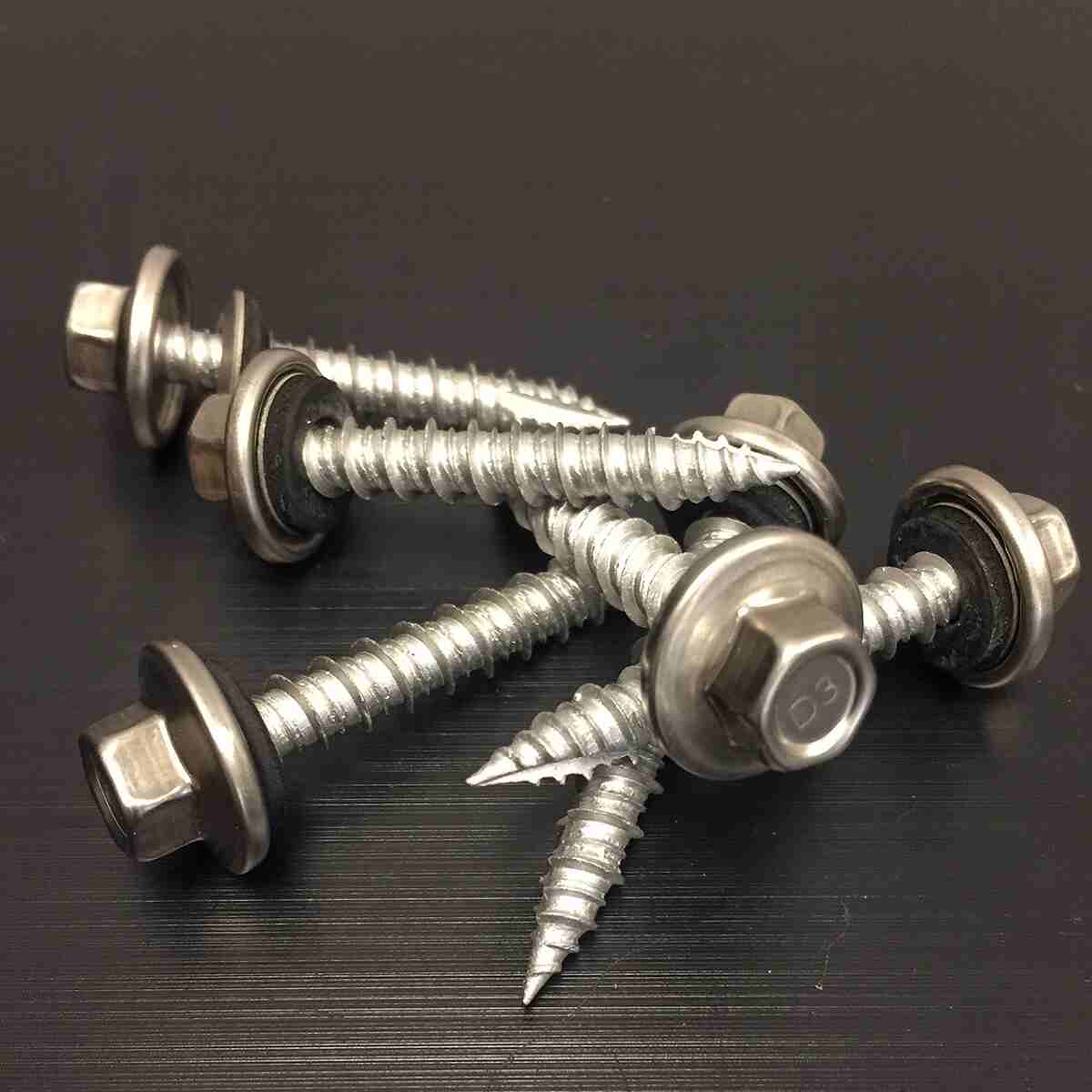Lightweight steel roofing has become increasingly popular in modern construction due to its durability, ease of installation, and cost-effectiveness. One crucial component in the installation of lightweight steel roofing is the screws used to secure the roofing sheets. In this guide, we will delve into the types of screws used for lightweight steel roofing and baut mur, their importance, and best practices for their use.
Importance of Screws in Lightweight Steel Roofing
Screws are vital in ensuring that lightweight steel roofing sheets are securely fastened to the underlying structure. They provide the necessary strength and stability to withstand various weather conditions, including high winds and heavy rain. Using the right type of screws can prevent roofing issues such as leaks, panel dislocation, and structural damage.
Types of Screws for Lightweight Steel Roofing
a. Self-Drilling Screws
Self-drilling screws, also known as Tek screws, are designed with a drill bit-like tip that allows them to penetrate metal without pre-drilling. These screws are widely used in lightweight steel roofing due to their ease of use and time-saving benefits.
b. Self-Tapping Screws
Self-tapping screws require a pre-drilled hole to be effective. They cut their own thread into the material as they are driven in, ensuring a secure fit. These screws are often used in conjunction with self-drilling screws for added security in lightweight steel roofing applications.
c. Fastener Screws with Washers
Fastener screws with washers are designed to provide a watertight seal around the screw hole. The washers, often made of rubber or neoprene, compress against the roofing material to prevent water ingress. These screws are essential for preventing leaks in lightweight steel roofing.
Selecting the Right Screws
a. Material and Coating
Choosing screws made from durable materials such as stainless steel or carbon steel with a protective coating (e.g., zinc or galvanized) is crucial. These materials offer excellent resistance to corrosion, ensuring the longevity of the roofing system.
b. Length and Diameter
The length and diameter of the screws should be appropriate for the thickness of the roofing sheets and the underlying structure. Generally, screws should penetrate at least 20 mm into the supporting framework to provide adequate hold.
c. Thread Type
The thread type of the screw determines its holding power. Coarse-thread screws are suitable for lightweight steel roofing as they provide better grip in thin metal sheets.
Installation Best Practices
a. Pre-Drilling
For self-tapping screws, ensure that pre-drilled holes are slightly smaller than the screw diameter. This helps in achieving a tight fit and prevents the material from cracking.
b. Screw Spacing
Proper screw spacing is vital for the stability of the roofing system. Screws should be spaced uniformly along the edges and across the surface of the roofing sheets. Typically, a spacing of 300 mm to 600 mm is recommended.
c. Correct Torque
Applying the correct torque is essential to avoid over-tightening or under-tightening the screws. Over-tightening can strip the threads or damage the roofing material, while under-tightening can lead to loose panels and leaks.
d. Use of Washers
Always use screws with washers for areas prone to water exposure. Ensure that the washer is adequately compressed to form a watertight seal without damaging the roofing material.
Maintenance and Inspection
Regular maintenance and inspection of the roofing screws are essential to ensure the longevity and performance of the lightweight steel roofing system. Check for any signs of corrosion, loosening, or damage to the screws and replace them as needed. Keeping the roof clean from debris and inspecting it after severe weather conditions can prevent potential issues.
6. Environmental Considerations
Using screws that are environmentally friendly and made from recyclable materials can contribute to sustainable building practices. Additionally, proper disposal of old or damaged screws helps in reducing environmental impact.
Conclusion
Screws play a critical role in the installation and maintenance of lightweight steel roofing systems. By selecting the right type of screws, ensuring proper installation, and conducting regular maintenance, you can ensure the durability and performance of your roofing system. Investing in high-quality screws and following best practices not only protects your roofing investment but also enhances the overall safety and reliability of the structure.



